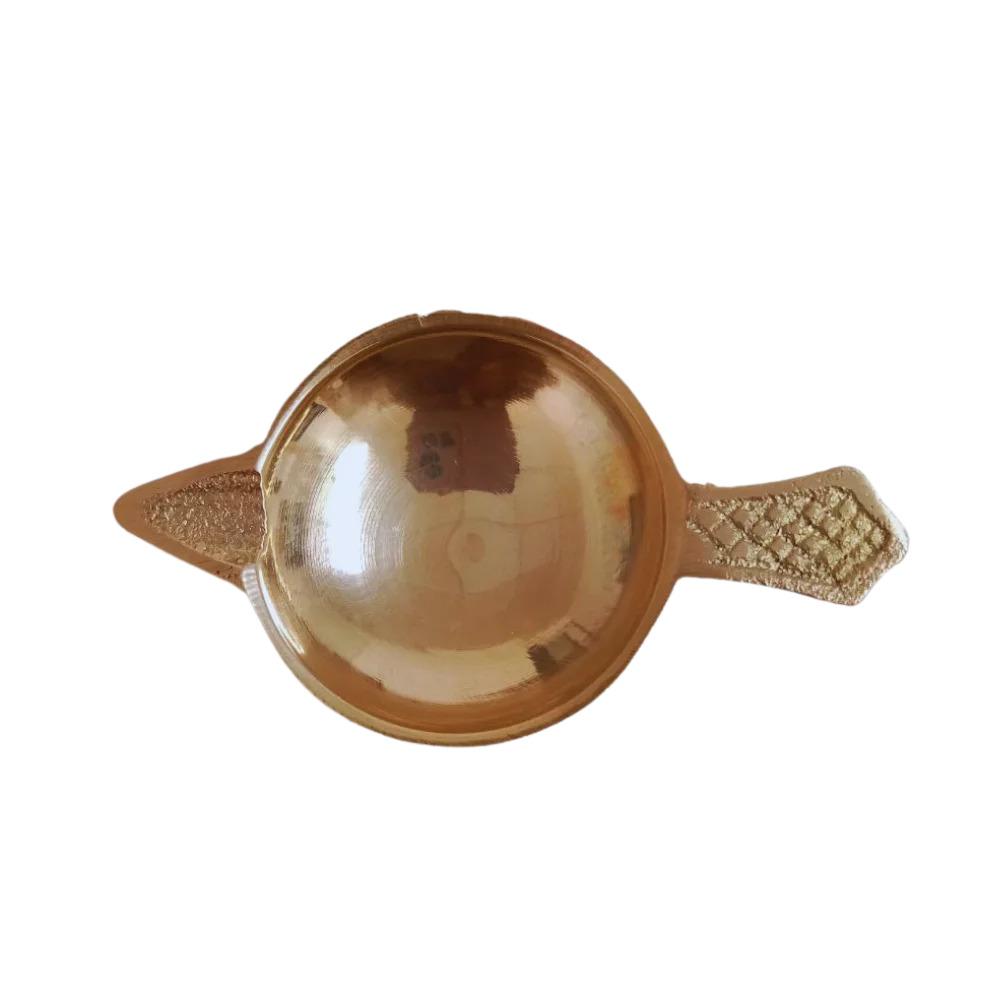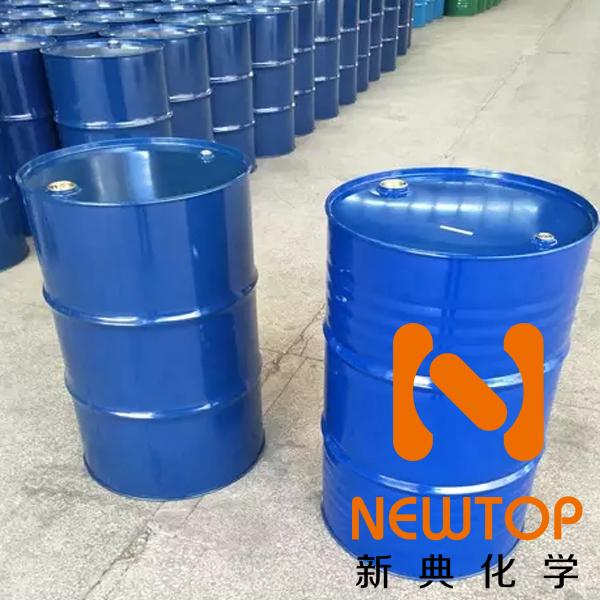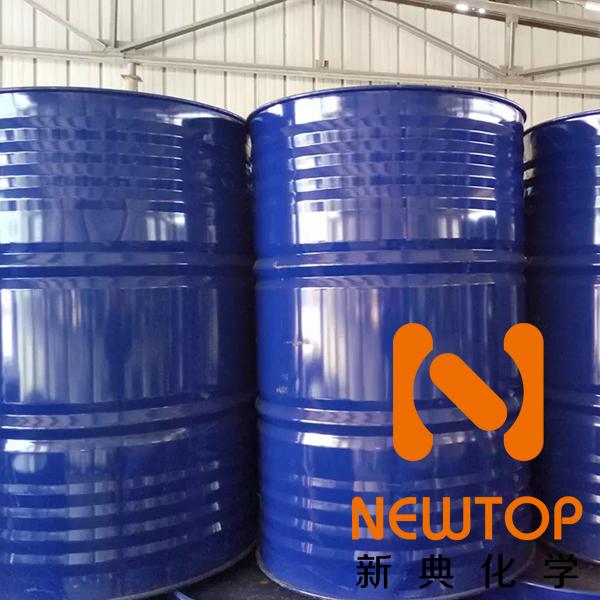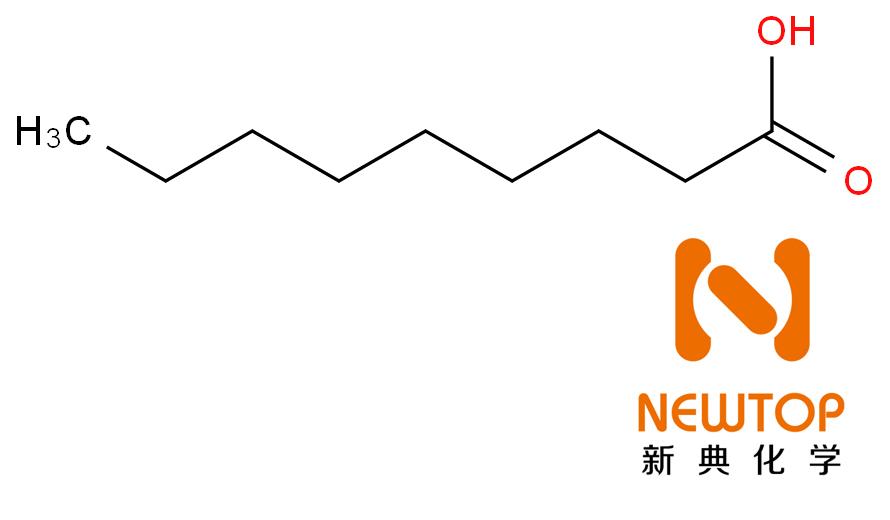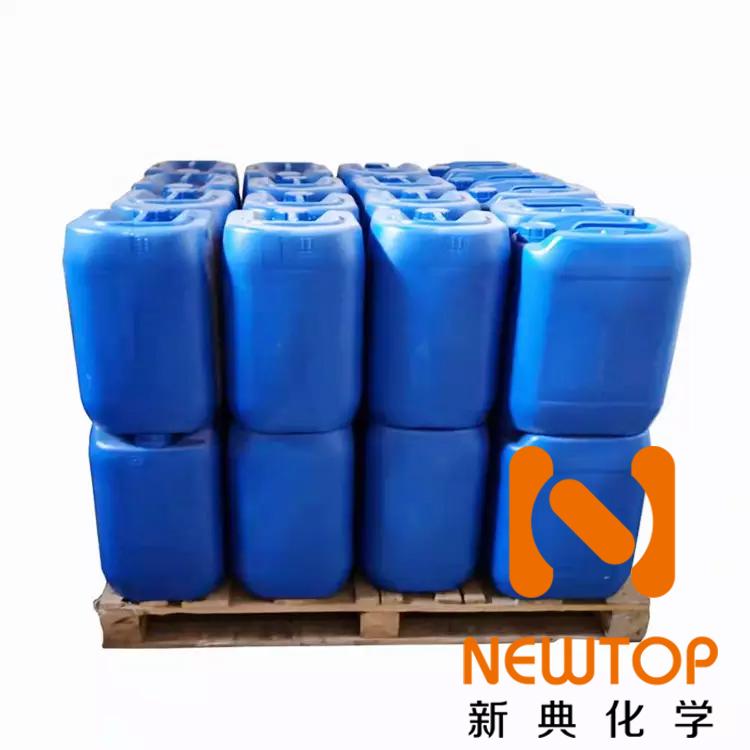Methylcyclohexane CAS108-87-2
Cyclohxylmethane;
heptanaphthene;
methyl-cyclohexan;
methylecyclohexane;
Metylocykloheksan
RTECS No. GV6125000
Molecular Formula C7H14
CAS No. 108-87-2
EINECS No. 203-624-3
UN Dangerous Goods Code (UN No.): 2296
Shipping name: Methylcyclohexane
Hazardous classification :3
Packing Group II
Customs code 2902 19 00
grade anhydrous
Quality Level 100
vapor density 3.4 (vs air)
vapor pressure 37 mmHg ( 20 °C)
83.2 mmHg ( 37.7 °C)
Assay ≥99%
form liquid
autoignition temp. 545 °F
impurities <0.002% water
<0.005% water (100 mL pkg)
evapn. residue <0.0005%
refractive index n20/D 1.422 (lit.)
bp 101 °C (lit.)
mp −126 °C (lit.)
density 0.77 g/mL at 25 °C (lit.)
SMILES string CC1CCCCC1
InChI 1S/C7H14/c1-7-5-3-2-4-6-7/h7H,2-6H2,1H3
InChI key UAEPNZWRGJTJPN-UHFFFAOYSA-N
Application
Methylcyclohexane may be used as a solvent for the synthesis of unsolvated n-butylmagnesium chloride by the reaction of 1-chlorobutane with magnesium powder. It may also be used as the starting material to synthesize 1-methylcyclohexanecarboxylic acid.
Pharmaceutical intermediates. Methylcyclohexane is an important organic solvent and extractant, which can be used as a solvent for rubber, paint, varnish (some paint solvents also use methylcyclohexane), and can be used as oil extractant. Methylcyclohexane can be used in organic synthesis as solvent and analytical reagent. In addition, methylcyclohexane can also be used as a standard for thermometer calibration. The correction solution is usually made of methylcyclohexane as the main component.
Description
Catalogue Number 806147
Description Methylcyclohexane
Product Information
CAS number 108-87-2
EC index number 601-018-00-7
EC number 203-624-3
Hill Formula C₇H₁₄
Chemical formula C₆H₁₁CH₃
Molar Mass 98.19 g/mol
HS Code 2902 19 00
Structure formula Image
Quality Level MQ200
Physicochemical Information
Appearance Form:
liquid
Color: colorless
Explosion limit 1.1 - 6.7 %(V)
Flash point -4 °C
Ignition temperature 260 °C
Melting Point -126.6 °C
Solubility 0.014 g/l
Initial boiling point and boiling range 101 °C 214 °F - lit.
Upper/lower flammability or explosive limits Upper explosion limit: 6.7 %(V) Lower explosion limit: 1.1 %(V)
Toxicological Information
LD 50 dermal LD50 Rabbit > 86000 mg/kg
Safety Information according to GHS
Hazard Pictogram(s)
Hazard Statement(s) H225: Highly flammable liquid and vapour.
H304: May be fatal if swallowed and enters airways.
H315: Causes skin irritation.
H336: May cause drowsiness or dizziness.
H410: Very toxic to aquatic life with long lasting effects.
Precautionary Statement(s) P210: Keep away from heat, hot surfaces, sparks, open flames and other ignition sources. No smoking.
P233: Keep container tightly closed.
P273: Avoid release to the environment.
P301 + P310: IF SWALLOWED: Immediately call a POISON CENTER/doctor.
P303 + P361 + P353: IF ON SKIN (or hair): Take off immediately all contaminated clothing. Rinse skin with water.
P331: Do NOT induce vomiting.
P403 + P233: Store in a well-ventilated place. Keep container tightly closed.
Signal Word Danger
RTECS GV6125000
Storage class 3 Flammable liquids
WGK WGK 2 obviously hazardous to water
Safety Information
Categories of danger highly flammable, irritant, harmful, dangerous for the environment
Storage and Shipping Information
Storage Store below +30°C.
Transport Information
Declaration (railroad and road) ADR, RID UN 2296 , 3, II
Declaration (transport by air) IATA-DGR UN 2296 , 3, II
Declaration (transport by sea) IMDG-Code UN 2296 , 3, II
Specifications
Assay (GC, area%) ≥ 99 %
Density (d 20 °C/ 4 °C) 0.769 - 0.770
Identity (IR) passes test
Storage and transportation:
Should be sealed and stored in a dry, cool and ventilated warehouse
Package:
200KG/drum Storage: It is recommended to store in dry and cool area with proper ventilation. Please fasten the lid as soon as possible after original packing to prevent the mixing of other substances such as moisture from affecting the product performance. Do not inhale dust and avoid skin and mucous membrane contact. Smoking, eating and drinking are prohibited in the workplace. After work, shower and change clothes. Store contaminated clothes separately and wash them before use. Maintain good hygiene habits.
https://www.newtopchem.com/archives/43090
Email us:
[email protected]Methylcyclohexane CAS108-87-2
Cyclohxylmethane;
heptanaphthene;
methyl-cyclohexan;
methylecyclohexane;
Metylocykloheksan
RTECS No. GV6125000
Molecular Formula C7H14
CAS No. 108-87-2
EINECS No. 203-624-3
UN Dangerous Goods Code (UN No.): 2296
Shipping name: Methylcyclohexane
Hazardous classification :3
Packing Group II
Customs code 2902 19 00
grade anhydrous
Quality Level 100
vapor density 3.4 (vs air)
vapor pressure 37 mmHg ( 20 °C)
83.2 mmHg ( 37.7 °C)
Assay ≥99%
form liquid
autoignition temp. 545 °F
impurities <0.002% water
<0.005% water (100 mL pkg)
evapn. residue <0.0005%
refractive index n20/D 1.422 (lit.)
bp 101 °C (lit.)
mp −126 °C (lit.)
density 0.77 g/mL at 25 °C (lit.)
SMILES string CC1CCCCC1
InChI 1S/C7H14/c1-7-5-3-2-4-6-7/h7H,2-6H2,1H3
InChI key UAEPNZWRGJTJPN-UHFFFAOYSA-N
Application
Methylcyclohexane may be used as a solvent for the synthesis of unsolvated n-butylmagnesium chloride by the reaction of 1-chlorobutane with magnesium powder. It may also be used as the starting material to synthesize 1-methylcyclohexanecarboxylic acid.
Pharmaceutical intermediates. Methylcyclohexane is an important organic solvent and extractant, which can be used as a solvent for rubber, paint, varnish (some paint solvents also use methylcyclohexane), and can be used as oil extractant. Methylcyclohexane can be used in organic synthesis as solvent and analytical reagent. In addition, methylcyclohexane can also be used as a standard for thermometer calibration. The correction solution is usually made of methylcyclohexane as the main component.
Description
Catalogue Number 806147
Description Methylcyclohexane
Product Information
CAS number 108-87-2
EC index number 601-018-00-7
EC number 203-624-3
Hill Formula C₇H₁₄
Chemical formula C₆H₁₁CH₃
Molar Mass 98.19 g/mol
HS Code 2902 19 00
Structure formula Image
Quality Level MQ200
Physicochemical Information
Appearance Form:
liquid
Color: colorless
Explosion limit 1.1 - 6.7 %(V)
Flash point -4 °C
Ignition temperature 260 °C
Melting Point -126.6 °C
Solubility 0.014 g/l
Initial boiling point and boiling range 101 °C 214 °F - lit.
Upper/lower flammability or explosive limits Upper explosion limit: 6.7 %(V) Lower explosion limit: 1.1 %(V)
Toxicological Information
LD 50 dermal LD50 Rabbit > 86000 mg/kg
Safety Information according to GHS
Hazard Pictogram(s)
Hazard Statement(s) H225: Highly flammable liquid and vapour.
H304: May be fatal if swallowed and enters airways.
H315: Causes skin irritation.
H336: May cause drowsiness or dizziness.
H410: Very toxic to aquatic life with long lasting effects.
Precautionary Statement(s) P210: Keep away from heat, hot surfaces, sparks, open flames and other ignition sources. No smoking.
P233: Keep container tightly closed.
P273: Avoid release to the environment.
P301 + P310: IF SWALLOWED: Immediately call a POISON CENTER/doctor.
P303 + P361 + P353: IF ON SKIN (or hair): Take off immediately all contaminated clothing. Rinse skin with water.
P331: Do NOT induce vomiting.
P403 + P233: Store in a well-ventilated place. Keep container tightly closed.
Signal Word Danger
RTECS GV6125000
Storage class 3 Flammable liquids
WGK WGK 2 obviously hazardous to water
Safety Information
Categories of danger highly flammable, irritant, harmful, dangerous for the environment
Storage and Shipping Information
Storage Store below +30°C.
Transport Information
Declaration (railroad and road) ADR, RID UN 2296 , 3, II
Declaration (transport by air) IATA-DGR UN 2296 , 3, II
Declaration (transport by sea) IMDG-Code UN 2296 , 3, II
Specifications
Assay (GC, area%) ≥ 99 %
Density (d 20 °C/ 4 °C) 0.769 - 0.770
Identity (IR) passes test
Storage and transportation:
Should be sealed and stored in a dry, cool and ventilated warehouse
Package:
200KG/drum Storage: It is recommended to store in dry and cool area with proper ventilation. Please fasten the lid as soon as possible after original packing to prevent the mixing of other substances such as moisture from affecting the product performance. Do not inhale dust and avoid skin and mucous membrane contact. Smoking, eating and drinking are prohibited in the workplace. After work, shower and change clothes. Store contaminated clothes separately and wash them before use. Maintain good hygiene habits.
https://www.newtopchem.com/archives/43090
Email us:
[email protected]


